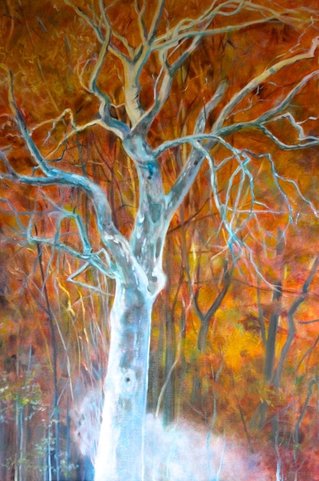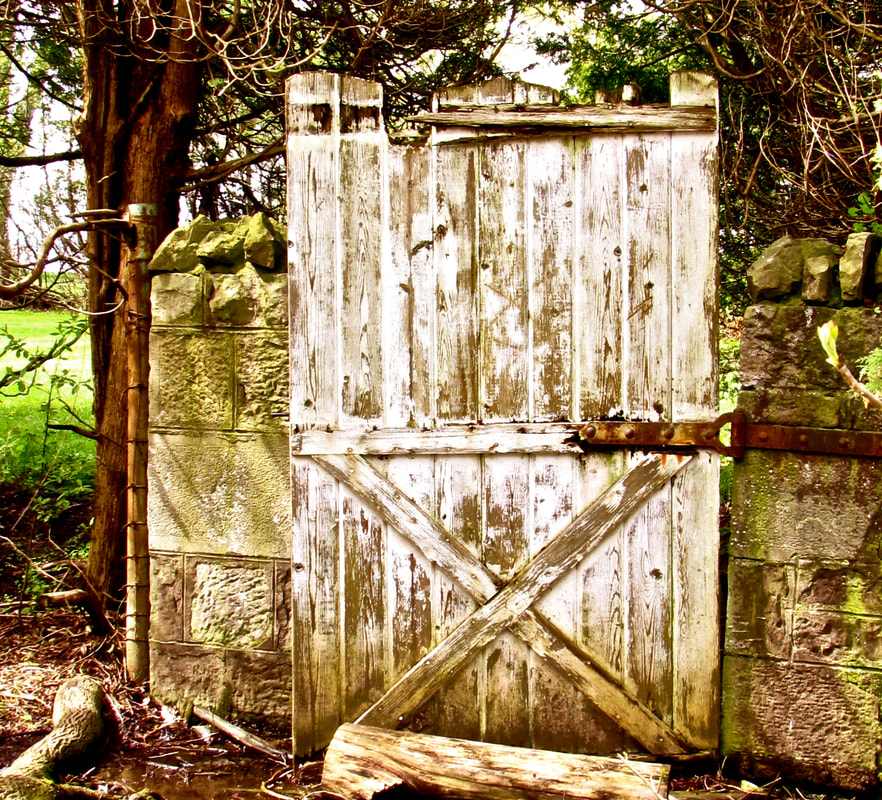
I submit for your consideration the backstory of “Kubla Khan,” the famous Coleridge poem. The poet swore that "Kubla Khan" presented itself fully formed, like Venus being born out of Zeus’ ear; he claimed that he woke from a post-opium dream and simply went to his desk and wrote “Kubla Khan” out in full, no strike-outs. He felt it had been supernaturally dictated to him; unfortunately, someone came to the door mid-transcription (so like life) and Coleridge’s short-term memory failed to retain the entire 300 line poem so we don’t have the entire piece.
Well, the poet's claim was investigated in full, and I do mean FULL (almost a thousand pages) a hundred and thirty years later (1927) in a scholarly work entitled “The Road to Xanadu” by John Livingstone Lowes. Through intensive biographical and bibliographic sleuthing Lowes was able to account for every phrase having been acquired previously by Coleridge; the creativity was in combination, not invention, which Lowes thought a higher-level activity. I tried reading the book but happily concluded that the poem would speak for itself.
And that is my hope for fanciful titles; the painting itself should render them superfluous. But, seeing as at least one person will query me about them, I search for rational explanations, such as they are.
As always, the title presented itself uninvited. I can’t claim hallucinagenic inspiration, although I do confess that too rich a dinner can give me a bad night. The title “The Sycamore Dreams!” begins by clarifying the focus of the painting — one gorgeous tree. I have said previously how beautiful I find sycamores’ bark to be, so one such skeletal beauty, fully revealed after all its leaves had dropped, is the subject of the painting. I was lucky to see this sycamore at a nexus of magic moments — when it was completely bare; when the maples in the background were still in full autumn colour; when the golf course sprinkling system was being bled; when the bottom two-thirds of the tree were cast in blue shadows; and when the creamy upper branches still caught the last light. The total effect was deliriously lovely, leading me to reflect on the period leading into dormancy for a deciduous tree. I felt that this sycamore had happily begun its sleepy descent into the long-winter-dream. So voila: “The Sycamore Dreams.”

 RSS Feed
RSS Feed
